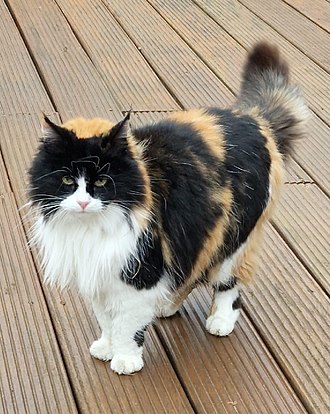
There are 71 recognized cat breeds around the world. The size, coat color, and temperament of these felines range widely. No one wants to use mass as a metric for kitty weight since that would just promote feline obesity.
Some cats are light and easy to transport, while others are bulky and take more effort. If you’re looking for a heavyweight feline companion, this list will help you narrow down your choices.
The World’s Top 10 Heaviest House Cat Breeds
- Ragamuffin
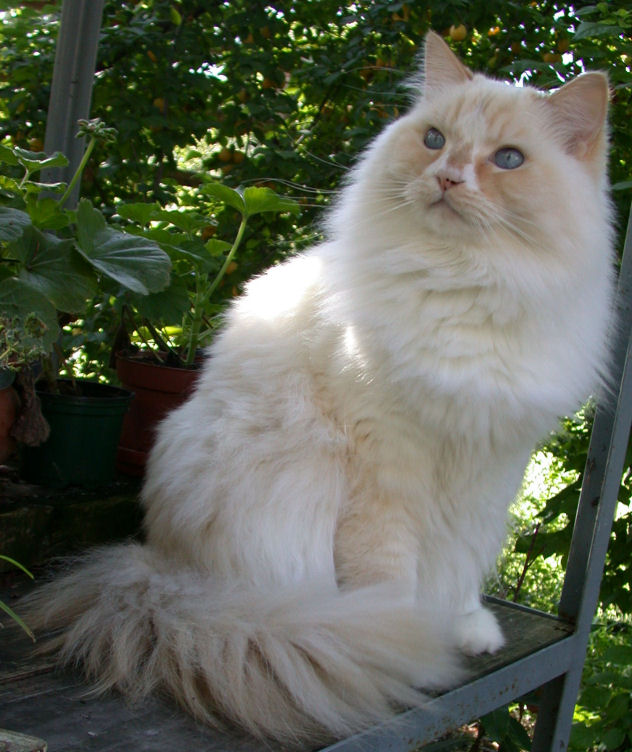
Ragamuffins resemble teddy bears. They are quite fluffy and have varied colored coats. They are larger, weighing between 8 and 20 pounds.
Ragamuffins are kind and get along well with other animals. They also enjoy fetch and walk well on leashes. Ragamuffins mature at a slower rate than most other breeds. They do not reach complete maturity until they are four years old.
- Ragdoll
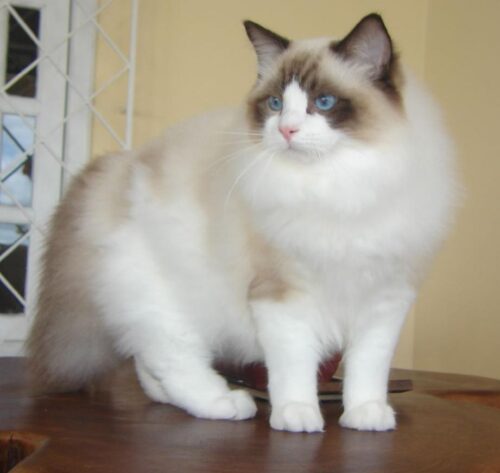
Ragdolls are large cats, but they are exceedingly gentle. Ragdolls often weigh between 8 and 20 pounds. Ragdolls and ragamuffins are related, but Ragdolls have less color variety and blue, oval-shaped eyes.
- Turkish Van
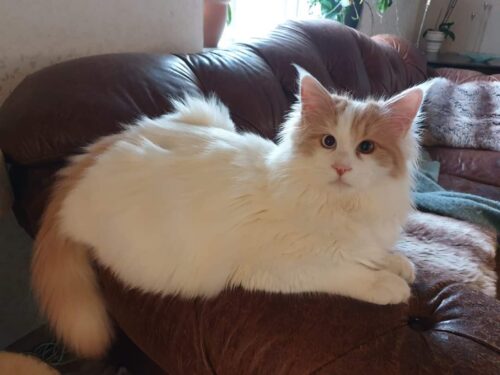
The white fur on a Turkish Van contrasts with the black ears and tail. Even while they only weigh 7–20 pounds, that doesn’t stop them from being extremely active and bouncing around.
These cats develop unique bonds with their owners, who they will ‘speak’ to when they want attention. For their affinity toward water, Turkish folk have dubbed Turkish Vans “swimming cats.”
- Maine Coon
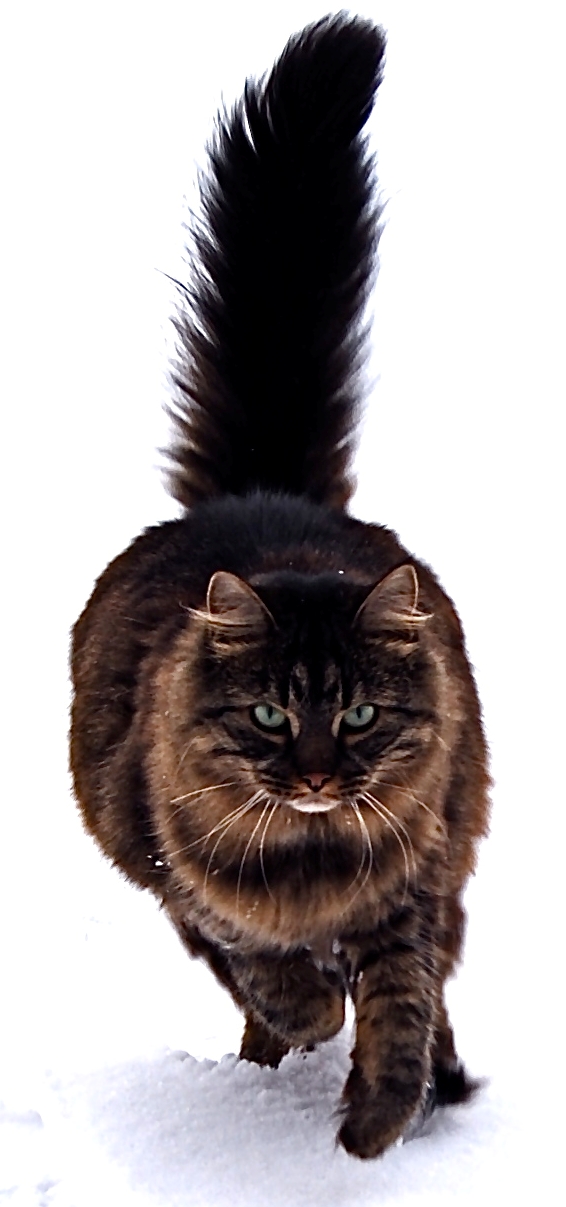
The Maine Coon, who weighs in around 9–18 pounds, has a friendly, outgoing personality and is ideal with both children and other pets. The longest domestic cat tails belong to Maine Coons, who are also the largest domestic cats.
Due to its kind nature, the Maine Coon has quickly become a household favorite. Its coat is soft and its personality is warm.
- British Shorthair
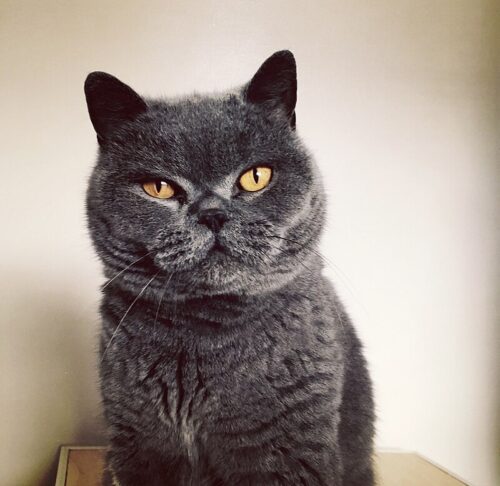
A large domestic breed, the British Shorthair was historically kept as a working cat to keep rodent populations under check in agricultural settings. British Shorthairs are popular as pets now because they are mild-mannered and adapt quickly to living with humans.
The weight of the cat ranges from 9 to 18 pounds. The Blue Fur, with its many hues and patterns, is the most prevalent type.
- Bengal
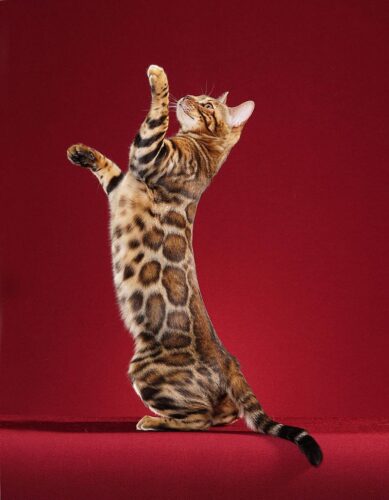
The confident and inquisitive Bengali can weigh anything from 6 to 18 pounds. The glitter gene found in some Bengals causes their fur to shimmer and shine, giving the animal an appearance similar to frost on fur. A Bengal’s rosettes and spots set it apart from other types of cats. Smaller versions of wild cats, perhaps.
- Pixiebob
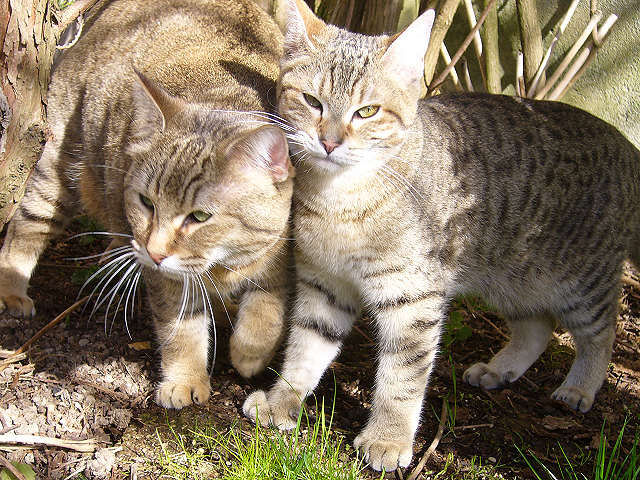
The Pixiebob is reminiscent of the Bobcat in appearance, although it is much tamer. They have a caring disposition and a weight range of 8 to 17 pounds. The Pixiebob is compared to a dog due to its trainability. Even leashed walks are fun for them. Some Pixiebobs, unbelievably, have as many as seven toes on a single paw.
- Norwegian Forest Cat

A wild appearance is possible due to the Norwegian cat’s large, sturdy build. Norwegian Forest cats, on the other hand, are excellent house pets because of their innate domestication. They are known as Skogskatt in Norway.
They usually range from 8-16 pounds. Despite their massive size, Norwegian Forest cats prefer to spend most of their time perched on shelves or in books.
- American Bobtail
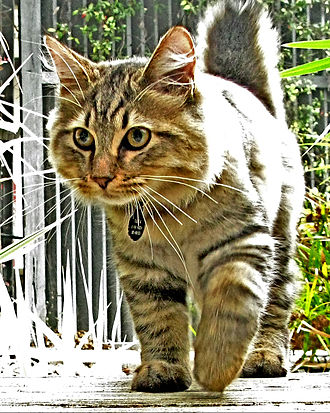
They resemble bobcats, but are smaller and less fierce than the real thing. The typical size of an American Bobtail is between 7 and 16 pounds.
Due to their high energy levels, American Bobtails require frequent playtime. They maintain their fitness and size by regular exercise. The ancestry of the American Bobtail can be traced back to a number of different large-breed cats.
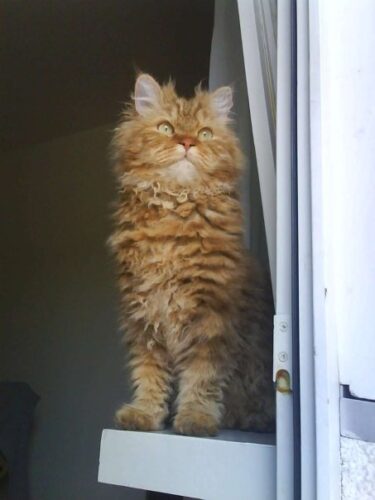
This kind of cat includes both short- and long-haired varieties. The average size of a Selkirk Rex is 12 inches long. They are one of a kind and incredibly welcoming.
The Selkirk Rex is larger than the average housecat, however there are heavier cats. Their coats are smooth and straight when they are infants. Curls are shed by kittens at around 16 weeks and grow back by 10 months.
READ ALSO:
